HOW SHOULD A WORKMAN BE EQUIPPED?
The profession of the workman or bricklayer is one of the oldest professions in history. A profession of brave people who, with their effort, have converted and built our world as we know it today.
Discover with Issaline the adequate equipment for these great workers.
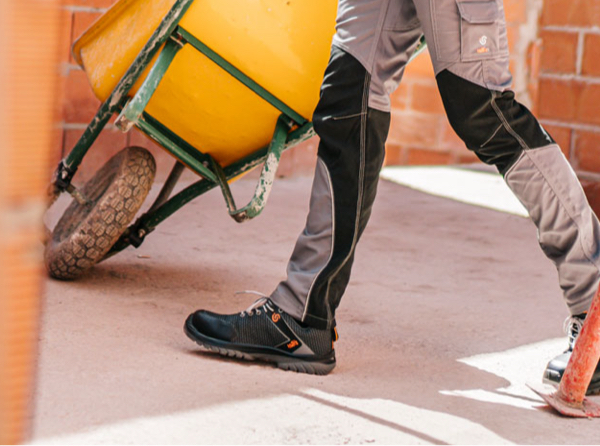
SECURITY FOOTWEAR
It must comply with the EN ISO 20345 standard, the footwear must have a non-slip sole, toe cap protection against impacts or possible crushing and anti-perforation insoles.
MULTI-POCKET TROUSERS WITH REINFORCED KNEES
Pants should be at least first class PPE. Normally in construction, multi-pocket trousers with knee pads are used to give greater comfort when working kneeling.
A sturdy fabric is recommended to avoid injuries and abrasions.
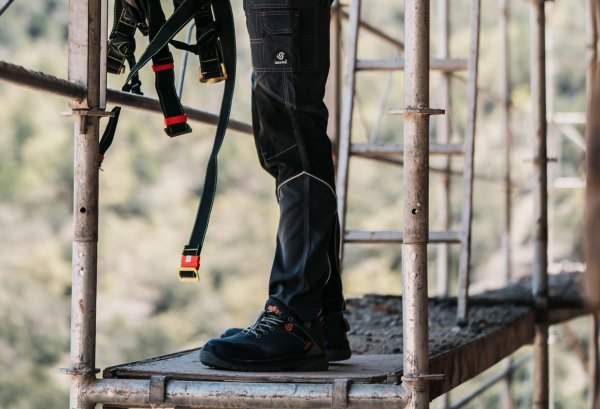
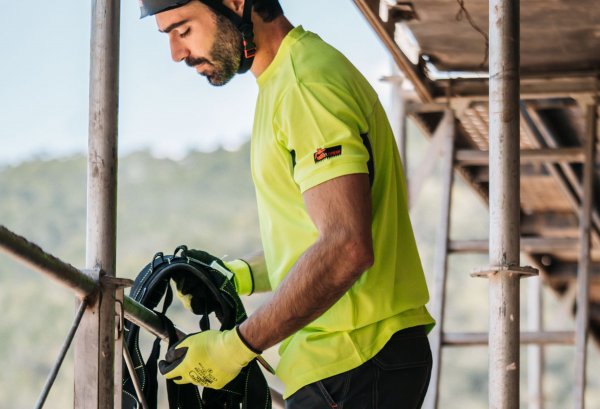
TOP GARMENT
It is always important to be equipped with comfortable, resistant and light clothing. Breathability is an aspect to be taken into strong consideration when choosing the garment, especially considering the changes in temperature caused by the climate. On construction sites, where heavy vehicles and machinery are handled, high visibility clothing is also required, this must comply with the EN CE 20471: 2013 standard.
The vest is certainly the most used of all PPE.
PROTECTIVE GLOVES
Protective gloves that comply with the EN 388 norm against mechanical and physical risks caused by abrasion, cutting by blade, tearing and perforation.
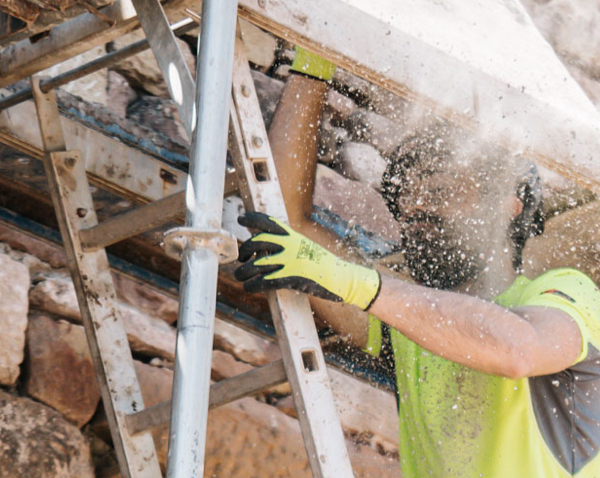
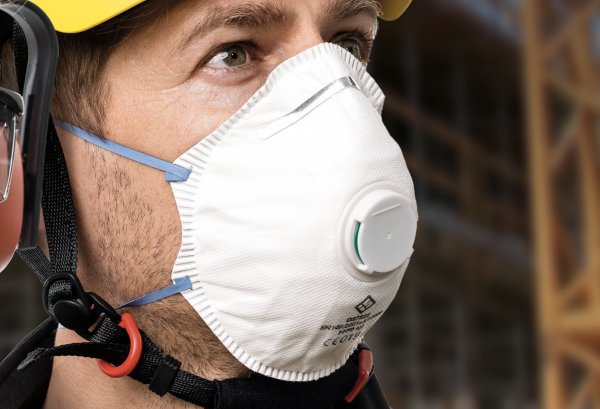
RESPIRATORY PROTECTION
Self-filtering mask for FP3 particles that follows the EN 149 norm. A protective equipment that becomes more relevant after examination of silica (a natural component found in rocks, soil and sand) as a carcinogenic substance.
SECURITY HELMET
Security helment for general use that complies with the EN 397 norm

IN ADDITION TO THIS EQUIPMENT THE WORKMAN MUST USE:

EYE PROTECTION
Eye protection that follows the EN 166 norm when using radial, jackhammers, drills ... etc.

HEARING PROTECTION
Hearing protection that follows the EN 352 1 / En 352 2 for loud tasks.

